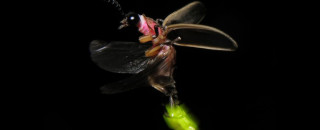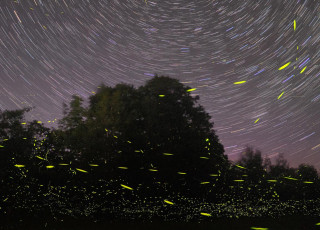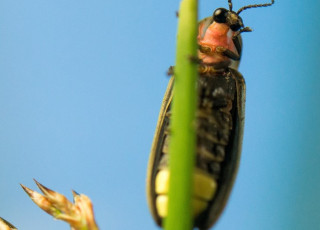Fierce Facts about Fireflies
(Photo: terry priest / flickr)
By Michael Mozdy
If you haven’t heard, we’re hunting for firefly habitats, and we’d love your help! Read about our Firefly Citizen Science Project and get involved. While you’re searching for these little beauties, here are some facts about them:
- They’re actually beetles, despite the names firefly or lightning bug
- There are more than 2,000 species of fireflies, and only some of them can glow. Many of the non-glowing species are found in the Western U.S.
- The glow is a mating dance: the males glow to announce themselves to females, and the females respond, helping the males find them.
- The glow can be yellow, orange, green, or even blue.
- They live primarily in marshy habitats and can be found throughout Utah in at least 10 counties.
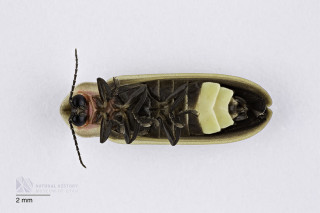
- They’re predacious. As underground-dwelling larvae, they feed on snails (gardeners, take note!), although as adults, most species switch to a vegetarian diet of pollen and nectar.
- The chemical reaction that happens in their abdomen to make them glow is the most efficient light in the world. Nearly 100% of the energy from this reaction goes to producing light rather than heat.
- They can be poisonous. When predators attack, they start “reflex bleeding,” and produce drops of blood filled with nasty chemicals that are poisonous to lizards and birds. They’re not great for humans, either, so don’t try eating them!
- Despite their universal appeal while alive, when they’re dead, they look like little cockroaches.
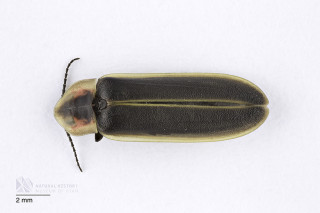
Learn more about spotting fireflies in Utah in this video. Or, learn how you can submit your firefly sightings to support the Western Firefly Project.
Michael Mozdy is a Digital Science Writer for The Natural History Museum of Utah, a part of the University of Utah in Salt Lake City. Our mission is to illuminate the natural world and the place of humans within it. In addition to housing outstanding exhibits for the public, NHMU is a research museum. Learn more.
